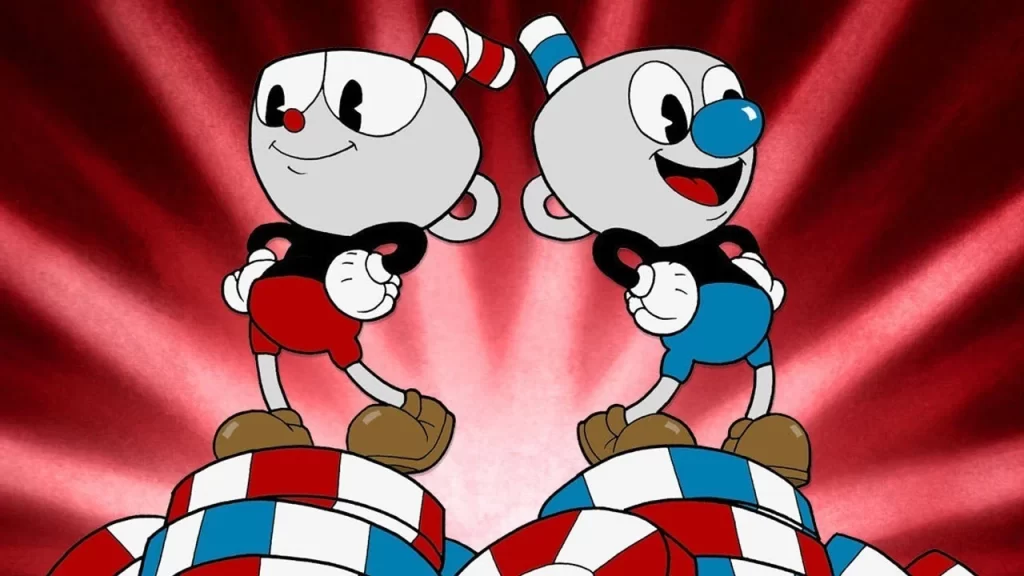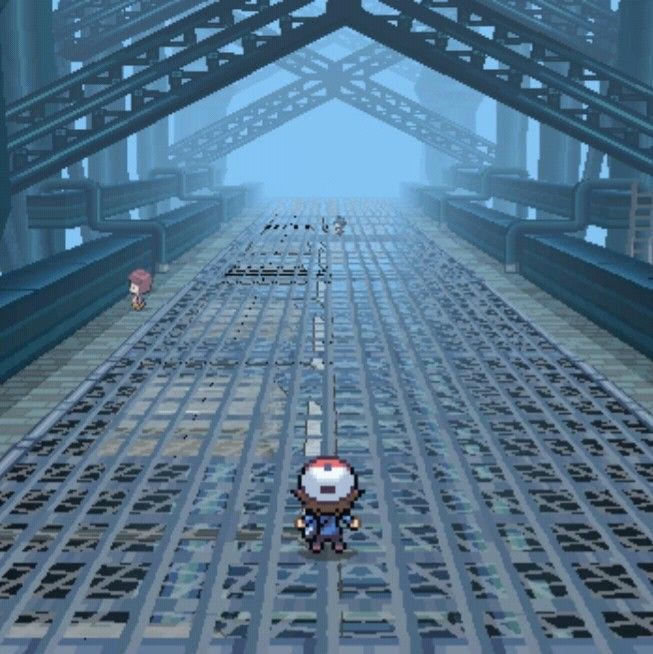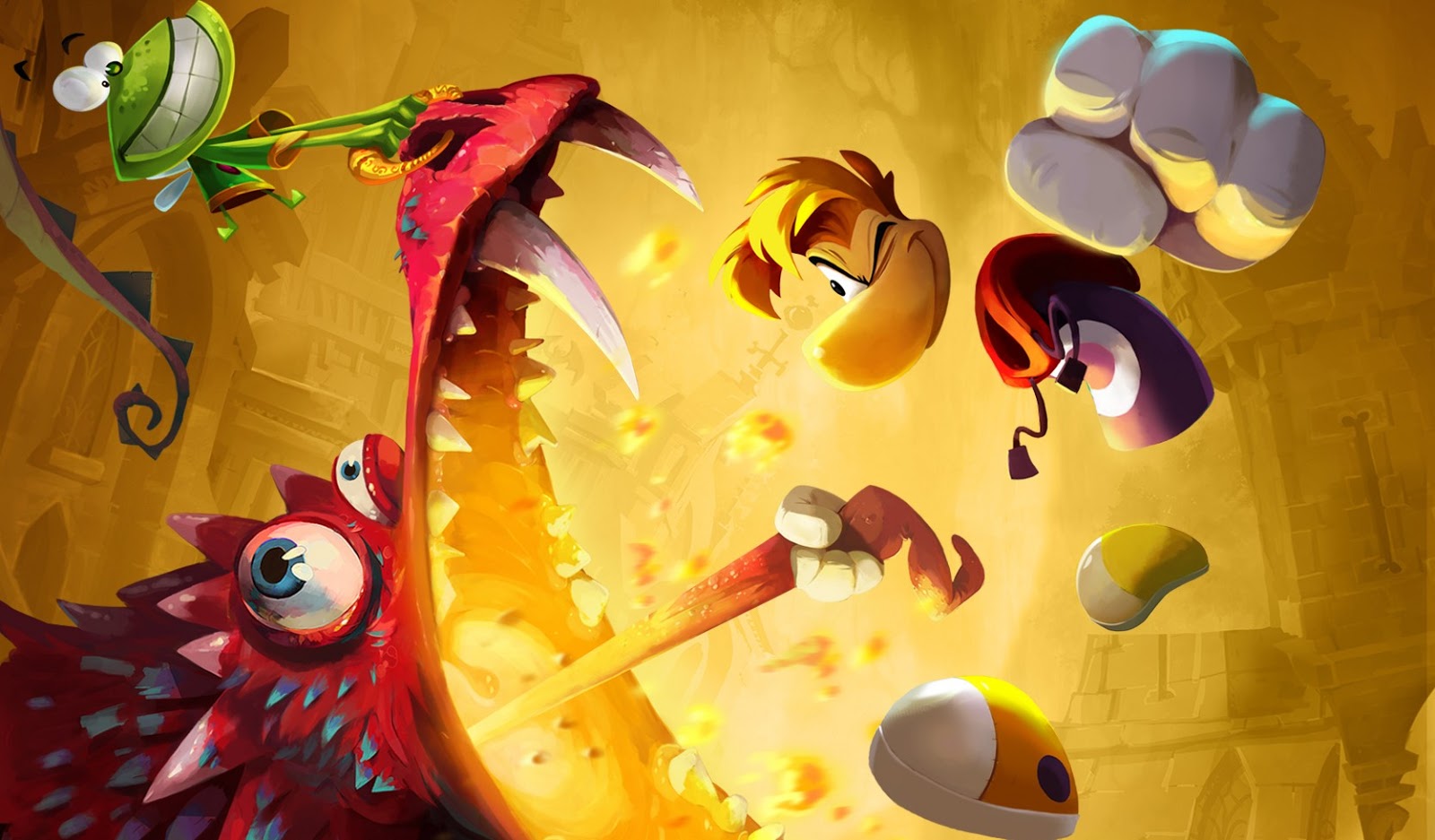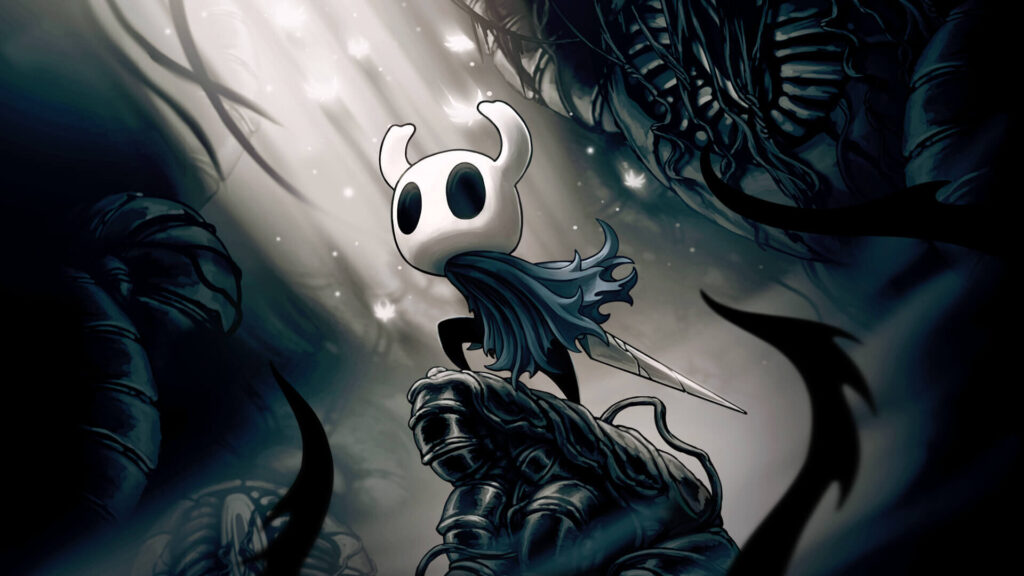The gaming industry has undergone numerous transformations over the years – from the early days of pixelated sprites to the fully immersive worlds of modern AAA titles. One of the most significant developments has been the rise of 2D games with 3D models, a pleasant aesthetic choice that revolutionized how games are made and experienced.
Despite the dominance of 3D games in recent decades, 2D games have remained popular, particularly among indie developers and fans of retro aesthetics. Here, rather than sticking strictly to sprites, many game creators have embraced a hybrid approach: using fully rendered models as well. This blend of gameplay traditions offers a unique and captivating experience – allowing for a fresh take on game design that balances modern technology with nostalgic gameplay mechanics!
In this article, we will explore the world of 2D games with 3D models, diving into their visual and gameplay benefits, challenges, and the future of this exciting genre.

The rise of 2D games with 3D models
When 3D graphics first entered the gaming industry, many feared that it would spell the end for traditional 2D games. However, the opposite proved true. Rather than replacing 2D games, 3D graphics enhanced them by offering developers new tools to create games that are both visually stunning and mechanically sound. Games like “Rayman Legends” and “Octopath Traveler” exemplify how combining 2D gameplay with 3D models can produce stunning results.
The appeal of 2D gameplay
Before diving into the specifics of how 3D models enhance 2D games, it’s essential to understand why 2D gameplay remains so popular. 2D games offer a simplicity that resonates with players of all ages and experience levels. From platformers like “Super Mario Bros.” to side-scrolling beat ’em ups like “Streets of Rage“, the straightforward mechanics of 2D gameplay offer accessibility, focus, and ease of control. This linearity and precision make for a different, often more immediate, gaming experience than sprawling 3D worlds.
At the same time, 2D games can be as complex and intricate as their 3D counterparts. Metroidvania titles like “Hollow Knight” or puzzle-platformers like “Celeste” demonstrate how 2D games can incorporate deep mechanics, exploration, and storytelling. The introduction of 3D models in these games serves to elevate both the visual appeal and gameplay complexity while preserving the classic 2D foundation that fans love.
The benefits of combining 2D games with 3D models

1. Enhanced visual appeal
One of the most significant advantages of incorporating 3D models into 2D games is the enhancement of visual appeal. Traditional 2D sprites, while charming, can only achieve a certain level of detail and realism. By using 3D models, developers can add depth, shadowing, and dynamic lighting that would be difficult or impossible with flat 2D sprites.
For instance, games like “Rayman Legends” utilize 3D models for character animations and background elements, giving the game a sense of depth while retaining the crisp, vibrant 2D aesthetic. This approach creates a dynamic visual experience where the backgrounds feel alive, characters move fluidly, and the world feels tangible and real.
Similarly, “Octopath Traveler” employs a unique “HD-2D” style, blending pixel art with 3D environments and lighting effects. This visual combination creates an intriguing juxtaposition of nostalgia and modernity, appealing to fans of classic JRPGs while pushing the boundaries of what 2D games can look like.
2. Improved gameplay mechanics
Beyond aesthetics, 3D models can enhance gameplay mechanics in ways that purely 2D sprites cannot. 3D models allow for more fluid animations, varied camera angles, and complex interactions between characters and the environment. This flexibility opens up a new realm of possibilities for game designers.
For example, bosses and enemies in games like “Hollow Knight” are often rendered using 3D models, giving them a more imposing presence on-screen. The depth and detail of these characters allow for more dynamic and engaging combat sequences, with smoother animations and more expressive movements.
3D models can also enable advanced physics systems, making environmental interactions more immersive. In platformers or puzzle games, 3D-rendered objects can respond to gravity, collision, and player input in ways that would be challenging to replicate with traditional 2D sprites. By incorporating 3D elements, developers can craft more intricate and varied gameplay experiences without abandoning the core mechanics of 2D games.
3. Greater flexibility in design
Perhaps the most significant benefit of 2D games with 3D models is the flexibility they offer to developers. With 3D models, designers can render scenes in various ways, allowing for creative experimentation with visual styles and gameplay mechanics.
One notable example is “Cuphead,” a game famous for its hand-drawn 1930s-inspired animation. Although the game primarily uses 2D visuals, many of the characters and objects were initially modeled in 3D to ensure consistent and fluid animations. By doing this, the developers could achieve more complex animations that maintain the hand-drawn style without the limitations of traditional frame-by-frame animation.
This flexibility extends to how developers can use camera angles and perspectives. While most 2D games use a fixed camera, 3D models allow for more dynamic shifts in perspective. Games like “Ori and the Blind Forest” employ a combination of 2D platforming and 3D environments to shift the camera dynamically, creating a more cinematic experience that draws players into the world.

Notable examples of 2D games with 3D models
Several games stand out for their creative use of 3D models within a 2D gameplay framework. Here are some notable examples:
Rayman Legends
“Rayman Legends” is one of the most successful examples of blending 2D and 3D elements. The game features vibrant 2D environments with 3D character models, creating a richly detailed world that feels alive and immersive. The fluidity of the 3D animations adds to the game’s fast-paced platforming action, making every jump and attack feel smooth and satisfying.
Octopath Traveler
“Octopath Traveler” combines the best of old and new with its “HD-2D” style. The game’s 2D pixel art backgrounds evoke the classic JRPGs of the 90s, while the 3D models and lighting give the world a sense of depth and realism. This fusion creates a distinctive aesthetic that feels both nostalgic and cutting-edge, appealing to a broad audience of gamers.
Hollow Knight
“Hollow Knight” is a prime example of how 3D models can enhance gameplay in a 2D setting. The game uses 3D models for its enemies and bosses, giving them a greater sense of scale and presence. The detailed animations and dynamic lighting make combat more engaging, while the game’s 2D environments retain the charm and simplicity of classic Metroidvania titles.
Cuphead
Although “Cuphead” is primarily known for its hand-drawn 2D animation, many of the characters and objects were initially modeled in 3D to ensure smooth, consistent animations. This hybrid approach allowed the developers to create more complex and fluid animations while maintaining the game’s retro aesthetic. The result is a visually stunning game that feels both nostalgic and modern.

Embracing the future of 2D games
2D games with 3D models represent a fascinating blend of traditional and modern gaming elements, combining the simplicity and accessibility of 2D gameplay with the visual depth and dynamism of 3D assets. This hybrid approach offers a variety of benefits, from enhanced visual appeal to improved gameplay mechanics and greater flexibility in design!
Whether it’s a nostalgic pixel-art adventure with modern 3D characters or a stunning hand-drawn game with fluid animations, these games open the door to endless creative possibilities. As game developers continue to push the boundaries of this fusion, players can look forward to experiencing games that are not only visually stunning but also deeply engaging.
If you wish to start your journey in game design, you have come to the right place. Main Leaf is here to help you turn your game concept into reality. We offer fast turnaround times for your dream project – you’ll get a quote within 24 hours of submitting your request. So contact us today and embark on your journey into the world of video game development by creating your own 2D experience!

